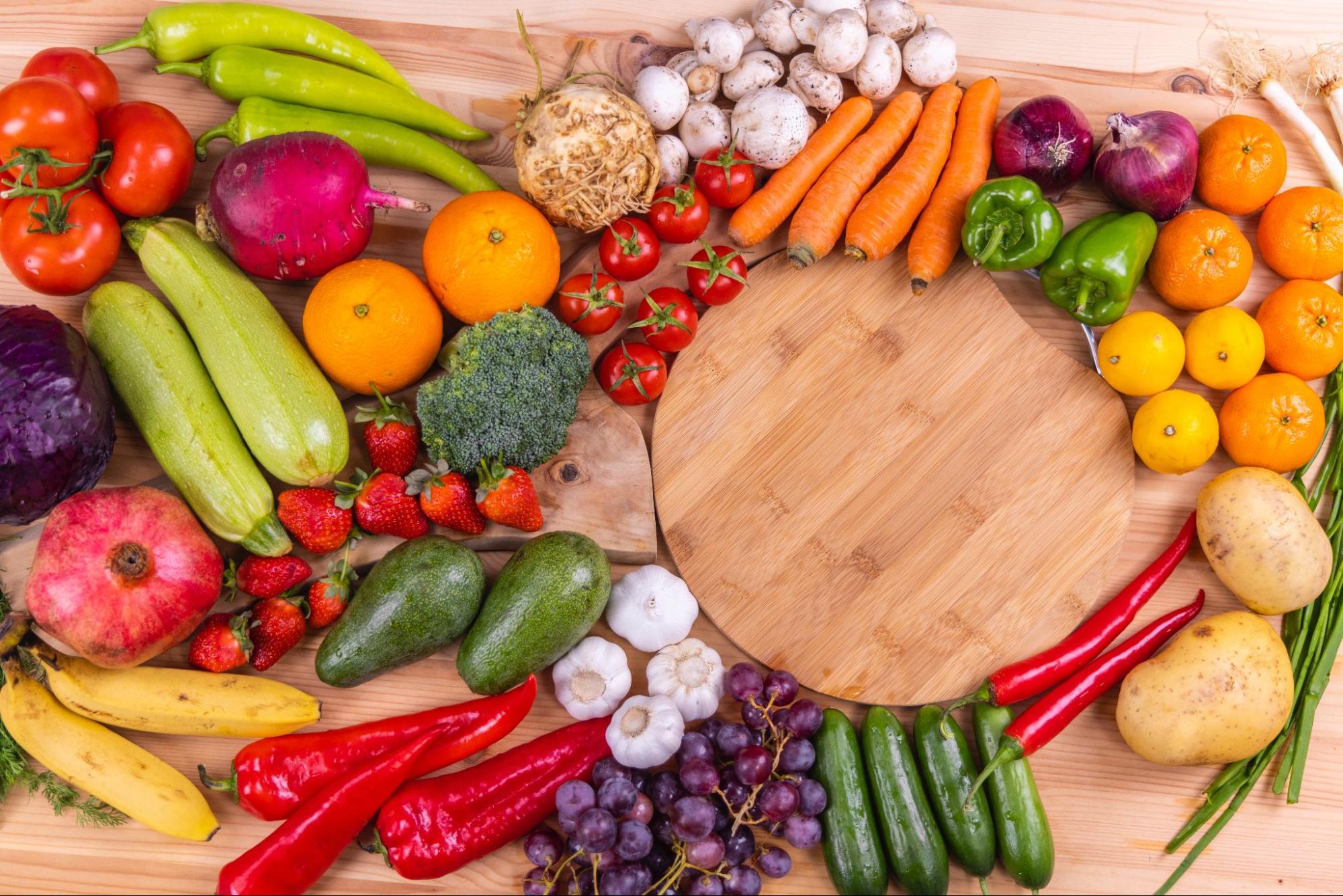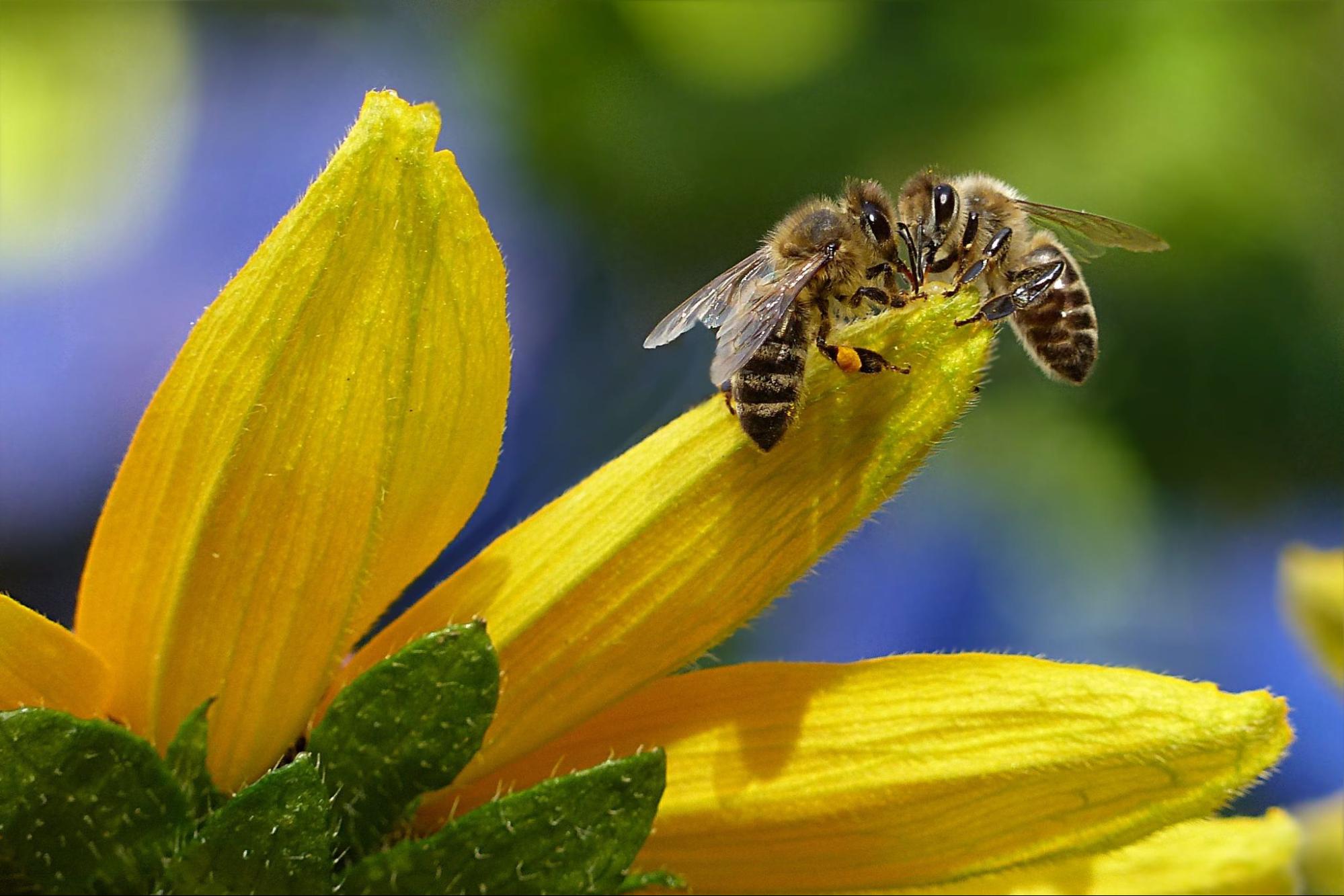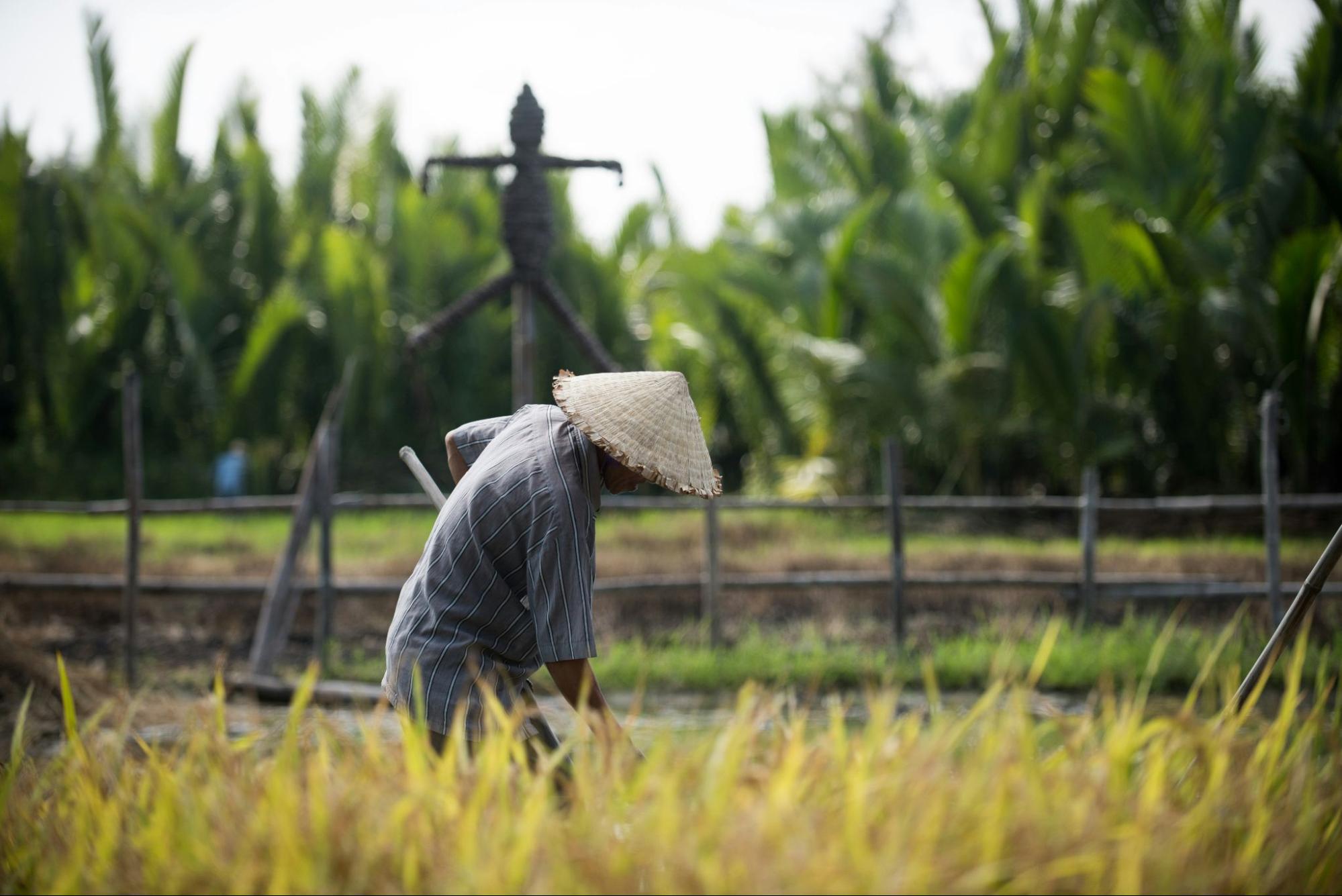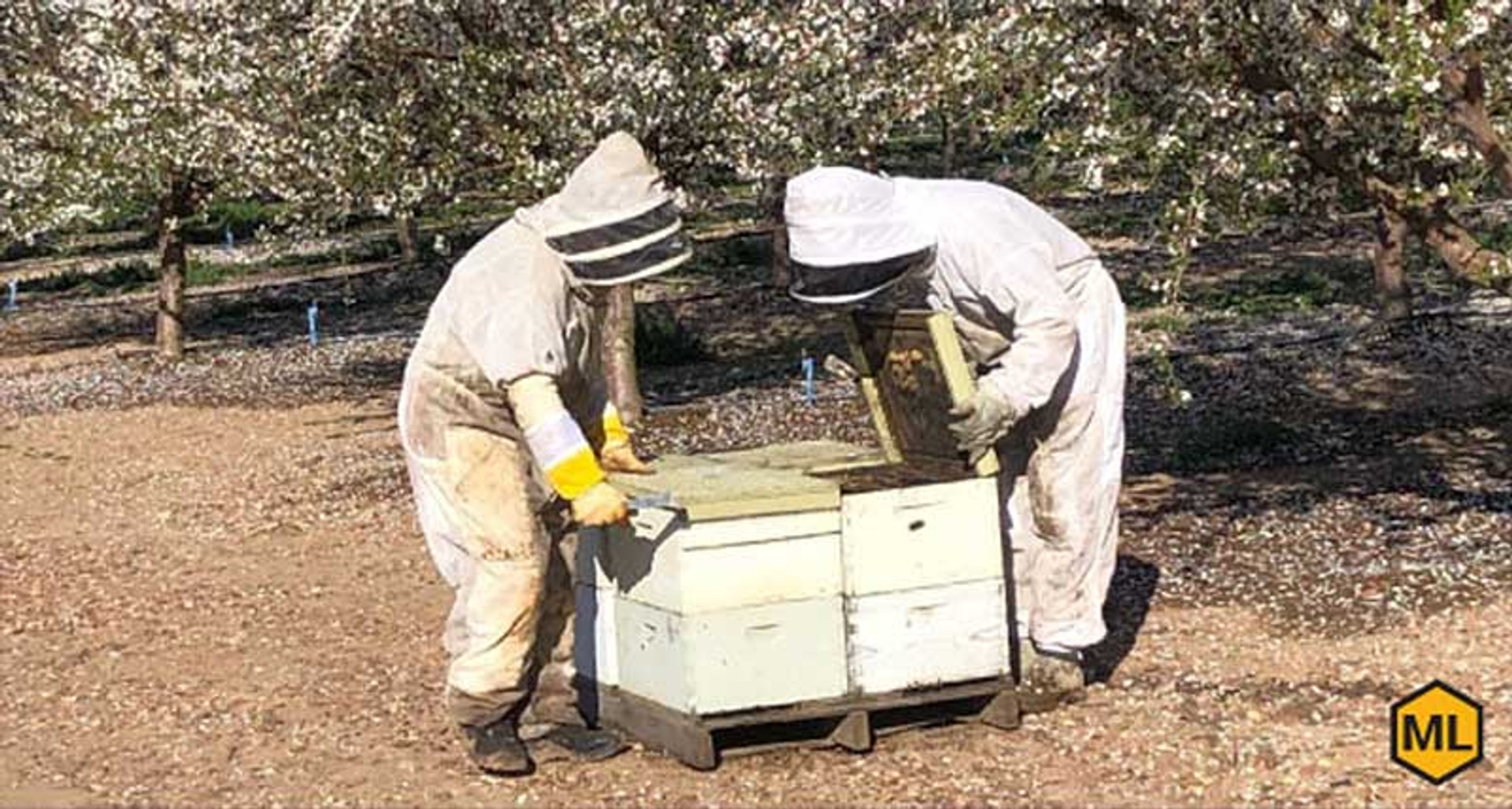How Do Honey Bees Help Farmers?
Honey bees are so small that it’s easy for their work to go unnoticed. However, these efficient pollinators are absolutely critical in agriculture and food production.
In fact, many researchers estimate that over a third of the food we eat wouldn’t exist without honey bees and other pollinators working behind the scenes.
It’s no surprise that these creatures are invaluable to the global food supply. But how do bee species help farmers? Let’s explore all the ways bees help farms and stimulate the agricultural economy.
How Honey Bee Colonies Help Farmers
As pollinators, honey bees help flowers produce fruits and seeds. Female worker bees fly from plant to plant, searching for nectar and pollen to feed their colony. On their way, the tiny hairs all over their bodies help pick up pollen from one flower and brush it onto another, aiding the plant’s reproduction process.
As a result of this pollen transfer, farms can produce larger, better-quality, more sustainable crops. Every year, honey bees contribute an estimated $15 billion annually to the United States agriculture industry.
Crops such as blueberries, cherries, and almonds rely heavily on honey bees. Without their work as pollinators, these foods would become much rarer or even disappear altogether.
Food Crops We Can Thank Pollinators For
Many don’t realize how much food the bee populations are responsible for. Some of the most common crops include the following:
- Apples and melons
- Cranberries and blueberries
- Squash and pumpkin
- Almonds and cashews
- Avocado, peaches, watermelon
- Celery, broccoli, tomato
- Coffee

Honey bees and other pollinators are significantly valuable, and we can thank them for many of the nutritious, natural foods we enjoy every day. Bees also pollinate nearly three-quarters of the world’s flowering plants.
Here are a few valuable ways that bees’ pollination can help farmers.
Feeding Essential Animals
Bees have an important role that extends beyond pollinating the plants we consume as food. They also contribute significantly to dairy and meat production. Various livestock animals, like cows and goats, feed on plants like alfalfa and clover, which are pollinated by bees.
Creating Industry-Fueling Products
Bees produce six hive products—honey, propolis, beeswax, pollen, royal jelly, and venom. Beekeepers and farmers can collect and sell these products for nutritious and medicinal purposes, increasing their profits and stimulating various industries within the economy, from pharmaceuticals and cosmetics to food production and artistry.
Higher Profit
By improving their crops’ quality, bees can impact farmers’ profits! Many plants rely on both honey bee hives and wild bees for pollination, making bee species vital to the success of a farmer’s seasonal yield.
Proper pollination impacts the quantity and the quality of the crops, which makes a significant difference in a farmer’s profit and the price they can sell their products.
Reduce Food Waste
Some crops, especially fruits, are only viable for sale for a short window of time. Thanks to pollination, bees can extend the shelf life of fruits and other crops, decreasing food waste. Experts say that native bees can successfully cross-pollinate flowering fruit plants, which generally leads to better-quality fruit that lasts longer on the shelves.
Taste and Nutrient Improvements
Fruits that were pollinated by bees tend to have a higher natural sugar content than those not pollinated. The crops that need pollination the most are also the food sources that offer the best nutritional value. This is no coincidence! The crops that bees pollinate are packed full of vitamins, antioxidants, and fiber, helping people eat a well-balanced diet of fruits, vegetables, seeds, nuts, and more.
Cost Savings
Keeping a hive on a farm or agricultural property offers substantial cost savings for the owners. Purchasing bees to start a hive is relatively low when compared to the profits they can yield for in-demand crops. Wild bees pollinate plants for free. They just need a nearby habitat to live in, which can be created with existing plants and grass.
In places where bees are nearly extinct, like China, workers have to take pollination into their own hands. Using valuable resources and time, self-pollination is vital to the global food supply but requires more workers to do the bees’ work for them.
What Other Bee Species Help Farms?

Honey bees get the majority of the credit for pollination, likely because they have thousands of foraging worker bees who can fly from farm to farm. However, there are many other bees across the globe doing the same hard work.
Wild bees are credited with nearly a quarter of all insect agriculture pollination in the US. Their numbers are not as high as honey bees, but they are just as efficient! Squash bees take pollination to the next level. They are known to visit flowers and plants three times more often than honey bees do.
The Southeastern Blueberry bee is highly effective at pollinating blueberry plants. This species can remove up to 70% of pollen from flowers in one visit.
Other important bee species include the Alkali bee, which is critical for the pollination and growth of the alfalfa crop. Alfalfa is widely used for animal feed, feeding livestock like chickens, cattle, turkeys, and sheep. Alkali bees are used on an industrial scale to help seed production for alfalfa across the globe.
How Farmers Enlist the Help of Honey Bees
Because they’re such valuable workers, many farmers are eager to enlist the help of bees in their fields. Those who don’t have their own honey bee colonies often rent hives for the season.
Renting Native Bees
Renting native bees is a huge source of income for beekeepers of all levels. They ship or drive their colonies to other farms, where the honey bees spend a season pollinating their crops. One significant example of bee renting occurs in the almond industry, which relies on bee colonies from across the country to produce their crop every year.
Farmers Are Beekeepers Too
Alternatively, many farmers become beekeepers and raise their own honey bee colonies to pollinate their fields. This works for prominent commercial farms and those with a backyard vegetable garden. No matter your crop’s size, native bees are vital to growing food crops in any setting.
How Farmers Can Help the Local Pollinators

Now that we know how bees help farms across the country, it’s important to discuss the vital steps farmers must take to provide safe, bountiful areas for honey bees to work their magic on the crops and the land.
Farms and commercial businesses can help pollinators in their area by utilizing beneficial conservation practices on their land. In turn, they will have a higher crop yield and a healthier landscape and can even improve their agriculture operations, all while helping save a critical species. Here’s how farmers can help pollinators.
Create Ideal Habitats
Bees, butterflies, bats, and beetles can help grow crops, but they need the appropriate habitat to do so. Many farmers can tweak their landscaping designs by adding high-standing pollen and nectar-rich plants and flowers for pollination. To improve bee pollination on their land, farms can offer nest or hive sites and safe overwintering areas for honey bees on their land.
The Conservation Reserve Program is designed to help conserve land and agriculture sites around the United States vital to local pollinators, including honey bees and Monarch butterflies. This program helps plant native grasses, trees, and wildlife plants to boost pollination by the various species in the area.
Eliminate Use of Pesticides
Many pesticides used in agriculture are harmful to bees and can decimate bee colonies if overexposed. Farmers have to protect their crops from weeds, insect infestation, and diseases, but these chemicals can cause the same damage to the efficient pollinators they need to grow their crops.
When pesticide application is necessary, there are steps that can be taken to reduce the exposure and severity to bees. Growers should avoid spraying chemicals on flowering crops and use low-hazard products whenever possible. Spraying is generally considered safer than dusting products because the bees can pick up the dust on their hair and carry it back to the hive.
Farmers should also notify local beekeepers when they are treating their crops so they can protect their hives from foraging in that vicinity. Lastly, time of day can help reduce the threat to bees. Pesticides should be applied in the early morning or late evening when the bees aren’t typically foraging.
Start Your Beekeeping Journey
If you’ve thought about keeping honey bees for your farm or garden, you can purchase a bee nuc, hive frames, and other beginner beekeeping supplies from Mann Lake. We offer all the supplies and equipment required to get started with beekeeping and run a successful operation that will produce honey, help pollinate crops, and provide a fulfilling hobby or business venture. Most importantly, you can help save one of the world’s most vital species at risk of extinction.
At Mann Lake, we believe education is the best way to pave the way for the next generation of bee stewards. Our website offers ample free resources, videos, and articles that will help get you started on your journey as a beekeeper. Explore our resources and learn something new today!

